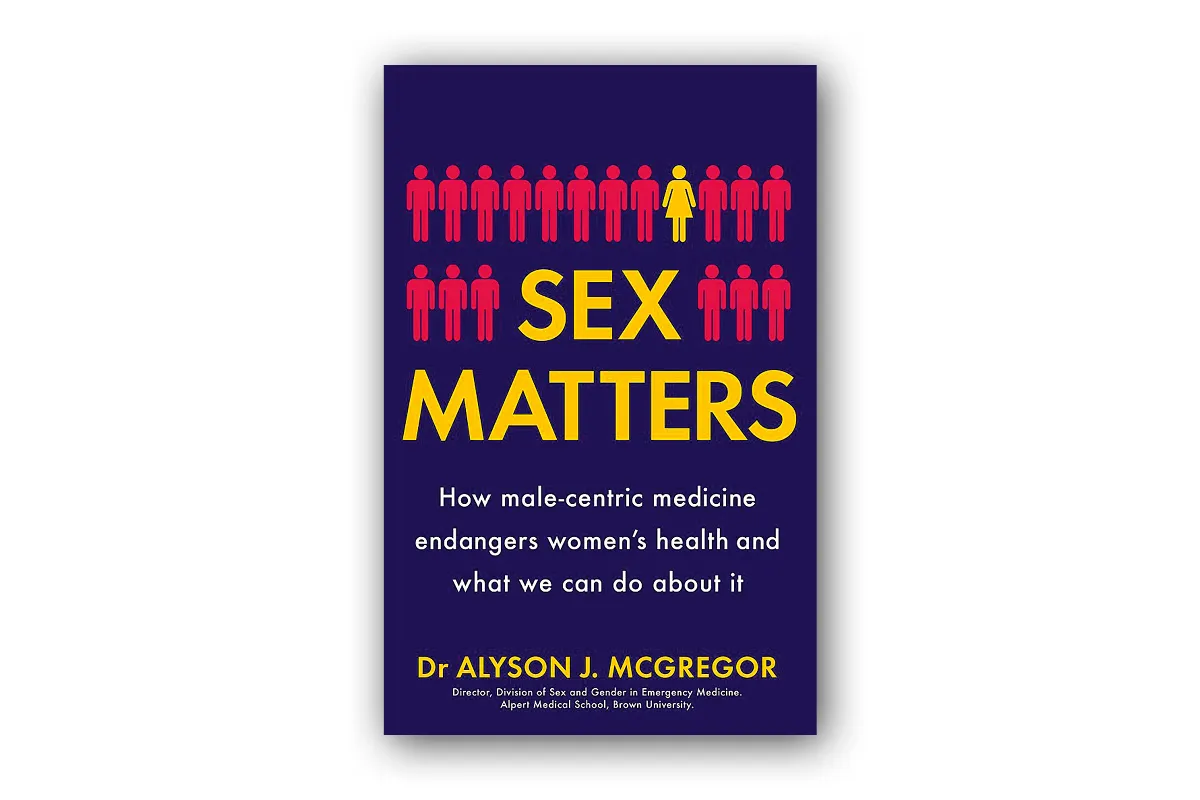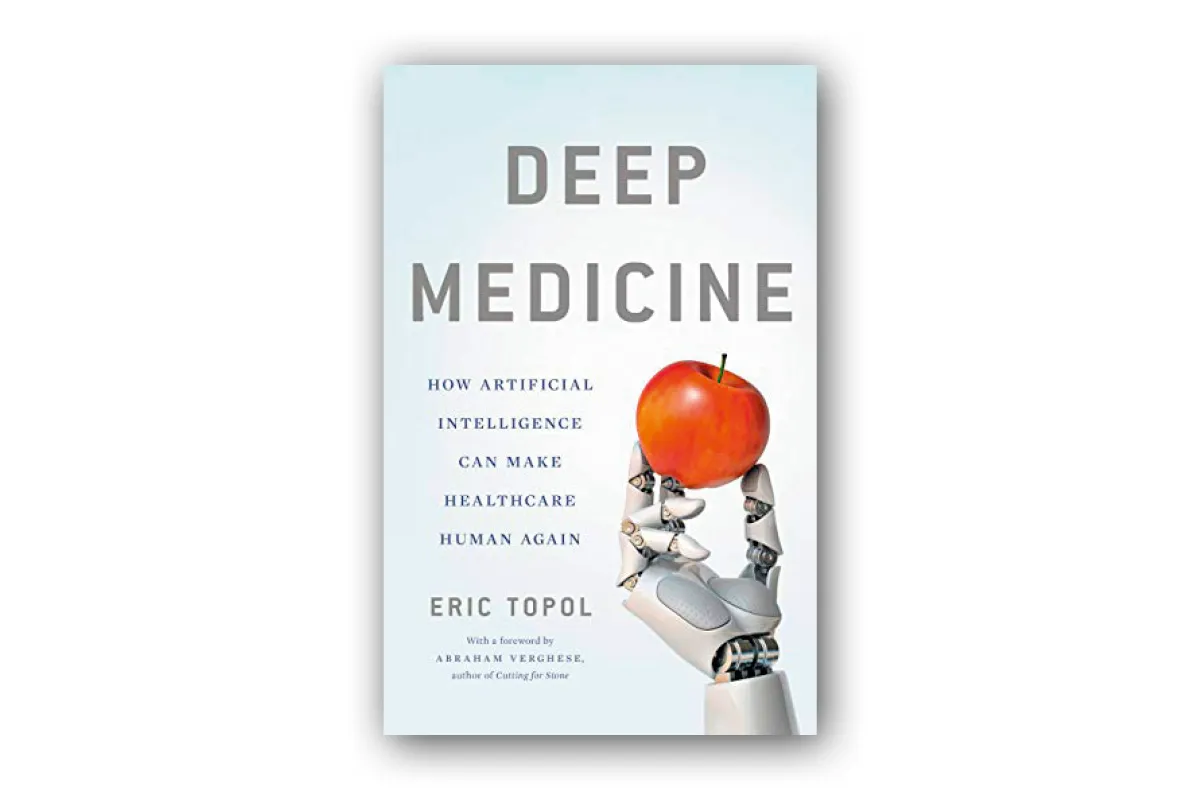I wrote The Exquisite Machine to make people think about their heart anew, with a greater sense of wonder and awe. I’ve been working to understand the heart for more than 40 years and every time we get a better way to see it close up, or an advance in how we can manipulate cells, there are new revelations about this incredible organ.
Although, of course, our aim is to do something helpful for heart disease, it can be frustrating only to focus on what goes wrong, rather than celebrate how often it goes right! The 500 million years of evolution that shaped the heart has created something that engineers can only envy – in fact, its exquisitely precise and beautiful construction is one of the biggest barriers to our attempts to repair or replace it.
Early ideas about the heart began by casting it as the seat of emotion. This rather fell out of favour as we scientists took over and reclassified it as a giant muscle. But now we have come full circle, and started to realise that the heart is a strange muscle indeed, and has more of a hand in our emotions than we think. A mini-brain inside the heart — yes, you heard that right — has both incoming and outgoing neurons to the central nervous system. It can amplify and even initiate emotion through the rate of beating of the heart.

Sensing your own heart rate rising can amplify and prolong a fear response, and even trigger a panic attack. There is a disease (two diseases in fact) called Broken Heart Syndrome, where an extreme emotional shock such as the death of a partner or child can have dramatic, even fatal, consequences on the heart.
New findings have revealed new threats to the heart. As well as the ones we are familiar with, like smoking, diabetes, high blood pressure and cholesterol, our modern life has brought more challenges to heart health. Drugs to treat cancer, one of the success stories of medicine, are focused on killing cells which multiply too fast. This is why your hair falls out with chemotherapy. The heart, which repairs itself very slowly (over half the muscle cells in your heart will be with you from birth to death) suffers if this repair is disrupted by the cancer drugs. Air pollution, noise, infections like COVID, and even low socioeconomic status alone, are emerging as important factors. Genetic screening is showing us how heart mutations are common in apparently healthy people, and these may only be discovered when a second stress, such as alcohol or pregnancy, puts a strain on the heart.
Cardiovascular scientists and clinicians have had to widen their expertise to fight these dangers, old and new. Advanced microscopy, mathematics, big data, artificial intelligence, genetic manipulation and tissue engineering are all being brought into service to bring new therapies for the heart.
Creating new beating heart muscle from cells of your skin or blood is an amazing achievement, that has gone from discovery to routine use in a laboratory in just over 10 years. We can make patches of brand new heart tissue the size of your hand. However, persuading the heart to accept and incorporate this new muscle to replace the scar of a heart attack, is a challenge with which we are still struggling!
Here are some other books that helped me along the writing journey, and which I very much enjoyed reading.
Read more about the heart:
- How many chambers does the heart have?
- Owning a dog can improve your heart health
- The 7 best heart rate monitors for all levels in 2022
The best books about the heart
Fragile Lives
Stephen Westaby

Stephen Westaby is an internationally renowned heart surgeon who spent much of his career at the John Radcliffe hospital in Oxford. Here, he performed many pioneering operations, such as the implantation of left ventricular assist devices and of stem cells.
Like me, he was inspired to go into the world of cardiology by the observation of a family member suffering from heart failure. This is a very human book, showing not only the immense complexity of the operations but the emotional toll they can take on the medical staff.
Bravely, he talks frankly about the failures as well as the many successes in his career. Heart surgeons are a very special breed – I call them the fighter pilots of the surgical world: swift, decisive and daring – operating in a setting where 'time is muscle' and there is very little room for error. His book serves to remind me of the great suffering that heart disease can bring and the sometimes heroic efforts of clinicians to save their patients.
Sex Matters
Alyson McGregor

This book was very helpful to me when researching the deep underlying causes of the underdiagnosis of heart disease in women. Dr Alyson McGregor is the Director of Sex and Gender in Emergency Medicine, at Brown University in the US, so she has direct experience with her patients about the many systematic inequalities that shape their treatment.
She starts with a dramatic example of how the training of doctors is skewed even from the start. While being shown around a teaching laboratory, using dummies to simulate various diseases and injuries, she is horrified to see that they are all male. Even the one for pregnancy training is a male dummy in a blonde wig, with a plastic foetus and placenta lying beside it. This was a recent experience, and in a top US medical school.
From the absence of female groups in research animals or clinical drug trials, to the fundamental misunderstanding of women’s relationship to pain, there are barriers to the effective medical treatment of women.
She speaks of the reaction of male doctors to protestations of pain, which are increasingly discounted as hysterical as the woman steps up her pleading in an attempt to gain recognition. McGregor also highlights the intersectionality, as women from minority groups fare even worse, especially from cultures which are more vocal about their feelings.
She gives helpful guidance at the end of each chapter, and I am indebted to her for the advice I quote, that a woman who needs her pain to be taken seriously should bring a man with her to explain!
Bitch
Lucy Cooke

After writing a chapter on sex, gender and heart disease, my eye was caught by this new book on the relationship between genes and biological sex. It revolutionised my ideas by describing the incredible variety of expression of the sex-related genes, and the wild and weird animal phenotypes they produce.
Even within mammals, there is a huge variety which defies neat classification. The female mole, for example, has reproductive organs with ovarian tissue at one end and testicular tissue at the other. In spider monkeys, the male has a concealed penis while the female has a large and pendulous clitoris, known as a pseudo-penis. The female mongoose develops a facsimile penis for several years, until she becomes fertile.
Once we leave the mammals and come to birds, amphibians and reptiles, complete anarchy reigns. The birds which are gynandromorphs, looking like a cock from one side and a hen from the other; the frogs which lie on a continuum from male to female; or the hermaphrodite fish which serially switch from one sex to the other dependent on circumstance. She quotes from a scientist in the field: "sex is not a unitary phenomenon".
Many of these female phenotypes have been overlooked in scientific studies because they didn’t fit with the ideas of Darwin and his contemporaries. Cooke makes it clear how the pronouncements of that era, with its Victorian framework for family life, have also directed attention away from inconvenient facts, such as female control of sexual choice and female infidelity. It is continually surprising throughout the book, as to how recently many of these discoveries have been made. Bitch by Lucy Cooke is an absolutely fascinating book, and great for dinner party anecdotes (depending on who your guests are!).
Deep Medicine
Eric Topol

In my book, The Exquisite Machine, I discuss the new sciences that are being co-opted to bring different angles of attack to the problem of heart disease. One of these is data science, the use of huge data sets to understand things like the effects of threats such as air or noise pollution on a population scale, or to increase the speed and accuracy of image analysis. This is often linked to artificial intelligence, where computer algorithms can be designed (or self-organised) to pull out patterns from data too large and complex for the human brain to encompass.
Eric Topol is a giant in this field, and Deep Medicine is a masterclass in explanation of a complicated and fast-growing area. It's also a very human book, as he uses his personal suffering from failures in healthcare, and his long experience as a clinical cardiologist, to explain not only the potential of these technologies but also the limitations.
Life Without Diabetes
Roy Taylor

Diabetes is one of the growing threats to the heart, and the number of type 2 diabetics worldwide is increasing at an alarming rate. It is clearly linked to obesity on a population scale, but there have been puzzling inconsistencies in the obesity hypothesis: most obese people will not develop type 2 diabetes, but a significant number of average-weight people will.
Losing weight definitely helps to reduce the symptoms, but even here there are curious anomalies. When people have bariatric surgery, such as stomach stapling, to reduce their food intake, there can be a rapid cure from type 2 diabetes – in days or weeks. This happens well before weight drops to a normal level in severely obese people.
Roy Taylor is a pioneering scientist in this area, and he describes breakthroughs in the understanding of the disease which help resolve these anomalies. He first gives a very clear exposition of the biology around diabetes and the current state of play in terms of treatment. Then he described a new hypothesis, that each person has a personal amount of fat that they can tolerate before becoming diabetic.
If fat is stored under the skin or on the buttocks, it does not contribute to the diabetic burden. But at some point, these stores can be exceeded, and damaging fat deposits in the pancreas disrupt the normal function of blood sugar control. Helpfully, he describes weight loss programmes where rapid decreases in fat stores can mimic the beneficial effects of bariatric surgery. Even the concept that diabetes can be reversible has been a paradigm shift for the field!
Discover more great reads:
